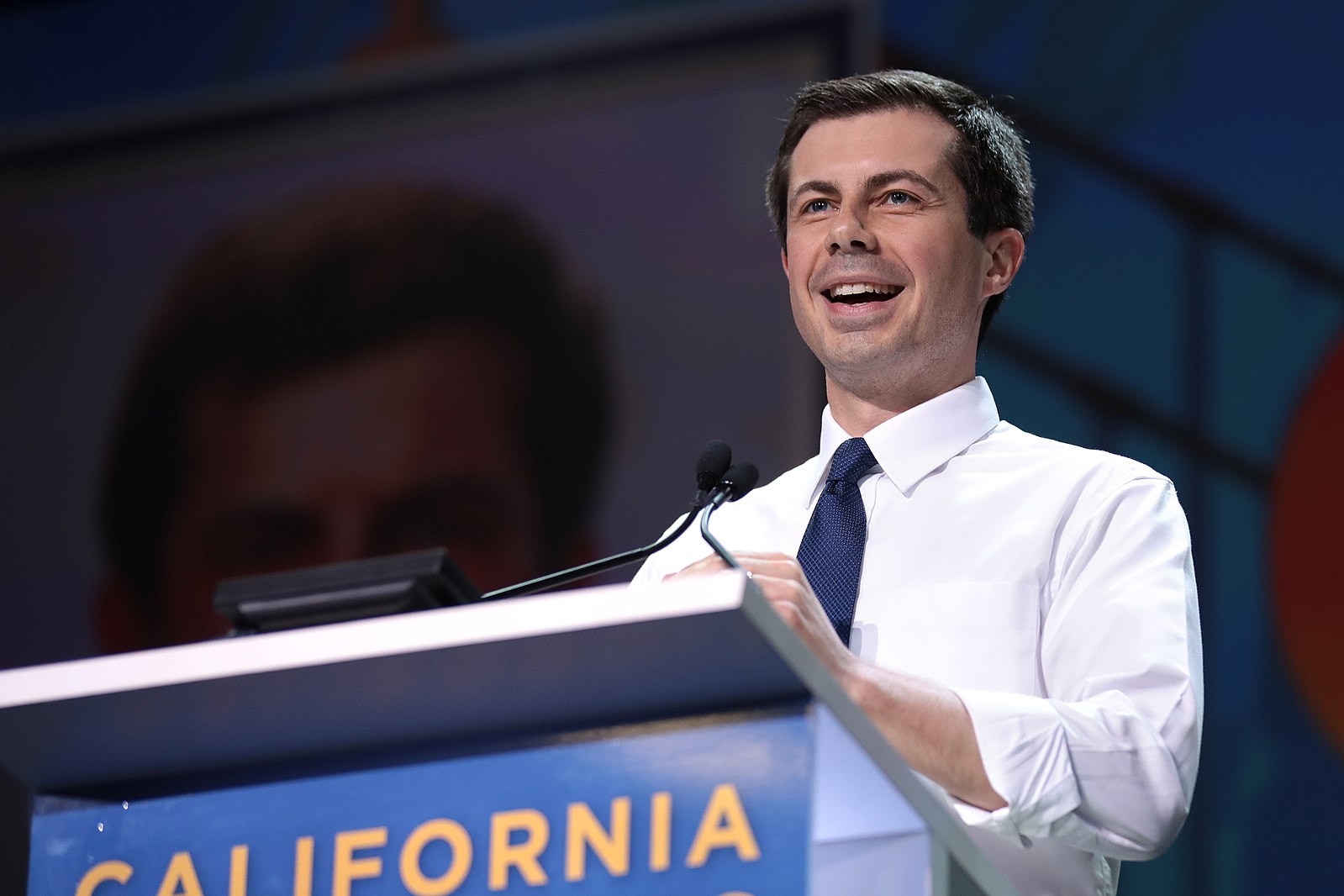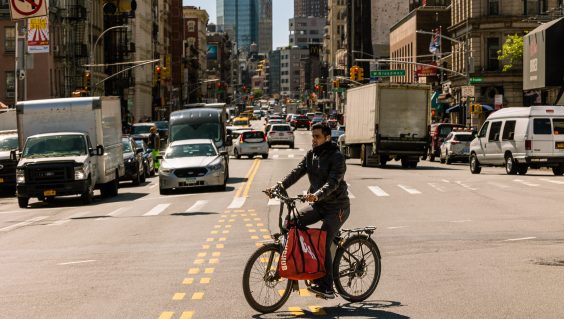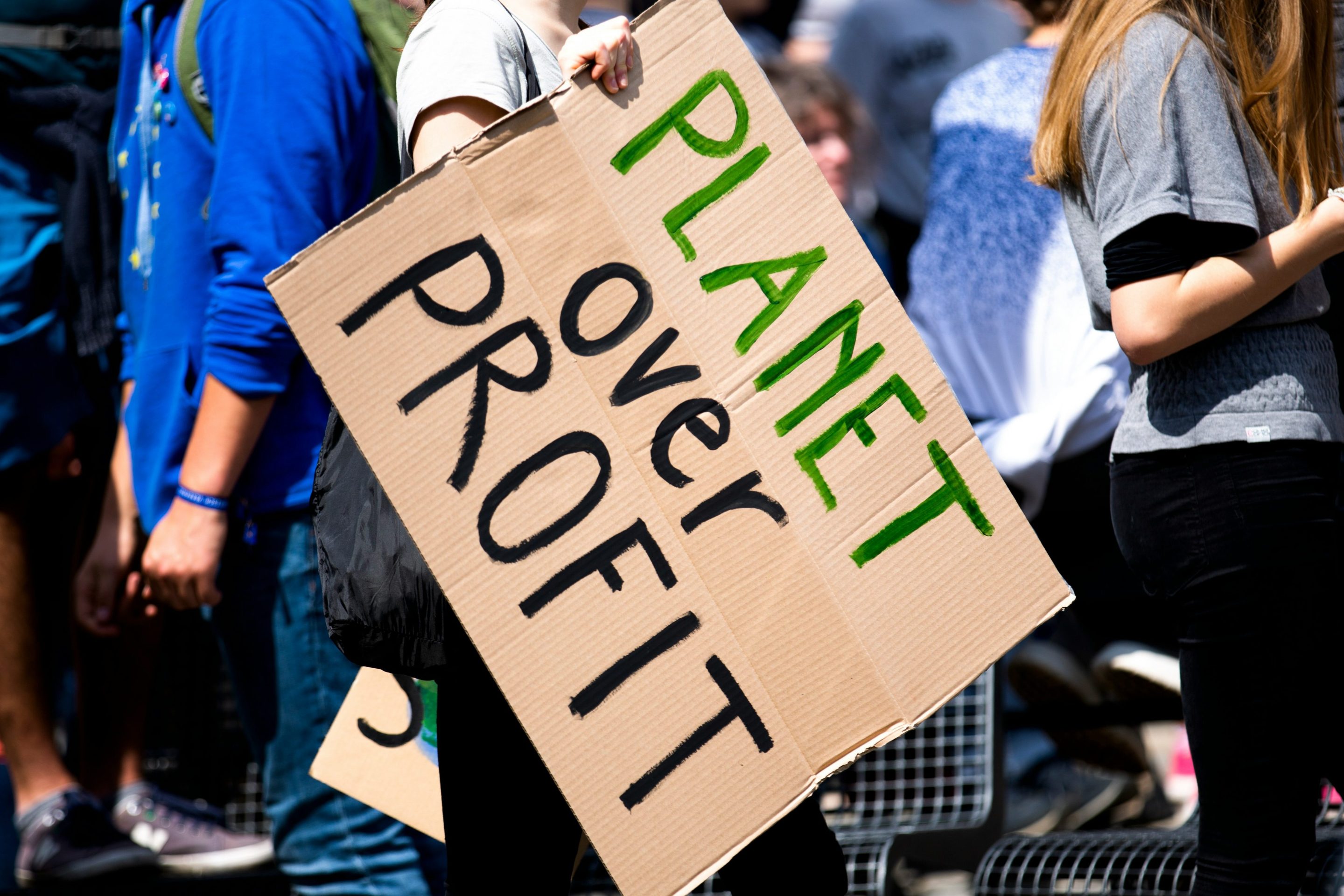The shooting at the Capitol yesterday, which took place as Walking Summit advocates were there lobbying lawmakers, underscores a very important point: Street safety isn’t just about sidewalks and traffic. It’s also about crime.
That’s one aspect that walkability advocates often overlook when discussing improvements to make an area “safer” for pedestrians. “For us, the conversation is along the lines of ‘reclaiming the streets,’” Niiobli Armah told me. Armah is the NAACP’s manager of childhood obesity for their health and wellness initiatives.
It might surprise some that the 104-year-old civil rights organization has a focus on walkable and bikeable neighborhoods. But it shouldn’t. It stems from the organization’s work on childhood obesity. Nineteen percent of black children between two and five are obese. Black high school girls are two-and-a-half times more likely to be obese than their white counterparts.
“We think of health as the premier civil rights advocacy issue,” Armah said. “We advocate for the built environment so that students can have opportunities for safe physical activity in their neighborhoods.”
In some places, there’s a wide racial gap for health indicators. Obesity rates are going down overall, but they’re still rising in communities of color. Armah says it's a social justice issue. “Regardless of what community you live in, you should have access to healthy eating and active living,” he said. And that means making sure the built environment is conducive to walking and biking.
In addition to trying to install streetlights, crosswalks, and traffic calming devices, residents have to address concerns about personal safety, which can outweigh concerns about traffic safety. Armah said they work on those issues with residents, often incorporating the same tactics used to boost walking and physical fitness.
“If there’s a park that historically has been known as a drug dealer haven, how can we not only get policies around lighting and extra patrolling, but actually get programming in the park and get organizations to provide services in the park setting?” Armah said. “Remove the stigma. Put the word out that this is a safe haven. If you have a group of grandmothers in a walking club, the research shows that typically violence is not going to occur as blatantly when there’s use of the park by people not participating in the violence.”
Once crime and car traffic are tamed, residents of color can look at these safety improvements and fear that gentrification will end up driving them out of the community. Armah says the NAACP works with those people to involve them in the fight for safer community features.
The NAACP works more at the local level than at the national level, but its staffers in Washington do monitor the federal transportation bill, with walkability and active transportation as their most significant policy goal. PolicyLink and the Transportation Equity Network also focus on transportation, often from the perspective of improving transit access for populations that lack it.





